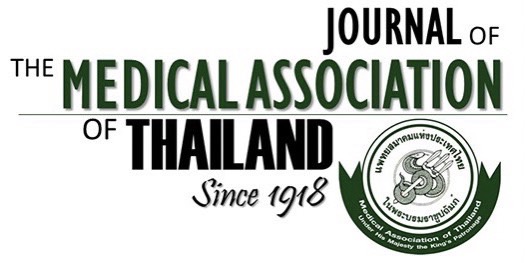Informed Consent and Potential Bias
Tada Yipintsoi MB*
Affiliation : * Member of Medical Association of Thailand
Years back, when “I” rearranged the composition of our ethical committee, I leaned heavily on non-
medical members. These were lawyers, public administrator or lecturers from other faculties of our University.
I instructed them that their guidance should be towards protecting the rights and interests of the subjects or
patients being studied. One of their functions was to advise proposals that deal with investigations, screening
or treatment of patients or volunteers. Such proposals generally included taking blood samples and or
repeated contacts for follow up. Often this necessitates ‘informed consent’ that, I “insist” is just a path
towards a dialogue with their human subject.
Deep down I have a suspicion that those who readily agreed to sign the inform consent after a brief
explanation may have different outlook, behavior, culture, perception of disease etc. when compared to those
not so willing. If that were true, could the result obtained from studying only those willing, be misleading?
The report by Al-Shahi(1) shed some light. There were 187 adults with brain A-V malformation first
seen between 1999-2002. Via postal forms, 111 consented to be followed. The authors managed to examine
(with special approval from their ethical committee) the records and local follow ups of the other 41% who
did not consent (i.e. the investigator did not have direct patient contact). The consenters were often alive,
independent, receiving more intervention but more likely to have seizures than the others. When looking at
the course of the disease, it was found that intracranial hemorrhage at presentation predicts subsequent
hemorrhage if the data from all 187 patients was used, but not so, if the data was from the 111 consenters. This
report suggests that knowledge only from those who consented to be followed could be incomplete (however
the reduction in the number of observation may play a part).
Junghans et al(2) reported an interesting follow up on 2 groups of patients with angina. The first
group (labeled as opt-in) willingly agreed to be followed; the second (opt-out) needed repeated contacts
before agreeing. Age, sex, previous myocardial infarct and abnormal resting electrocardiogram were similarly
distributed. However opt-in subjects were found to have fewer risk factors, needed less treatment and had less
severe functional impairment. This report suggests that the grade of willingness can provide different result
that may, in some instance, mislead the effect of treatment. It should be noted, however, that even in this study,
the recruitment rate was not that high and may have introduced another type of bias!
It is not the intention of this communication to disparage the institutional ethical committee but to
let us and them realize that even well-intentioned guide, can sometimes lead to impaired conclusions.
Therefore rules and regulation should be made flexible. As for the researchers, they must carefully examine
related conditions, which, in this context will be the percentage of those who signed the informed consent out
of the potential population.
Keywords : Informed consent



